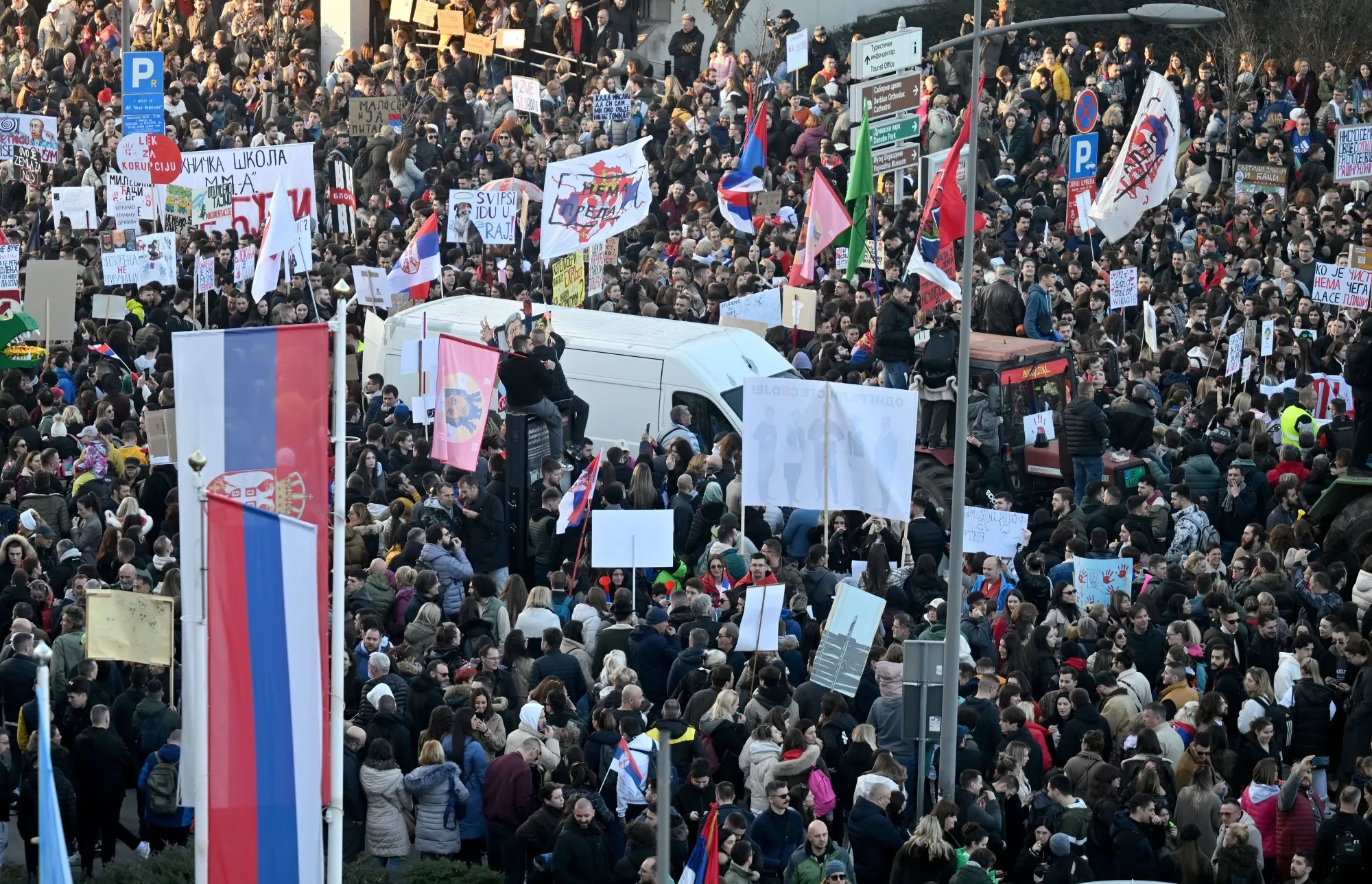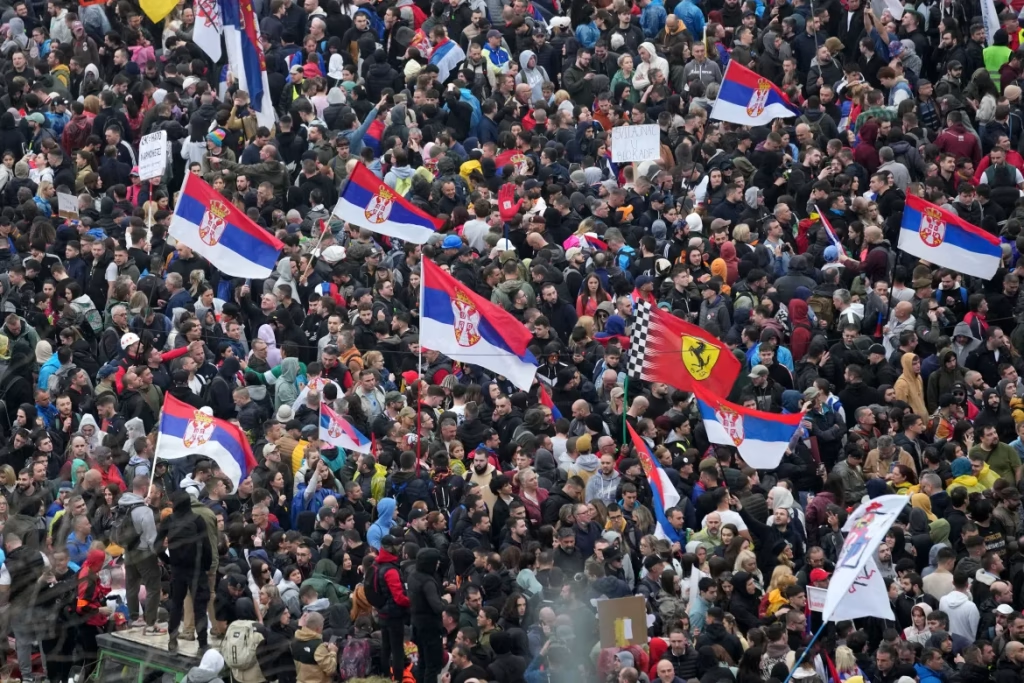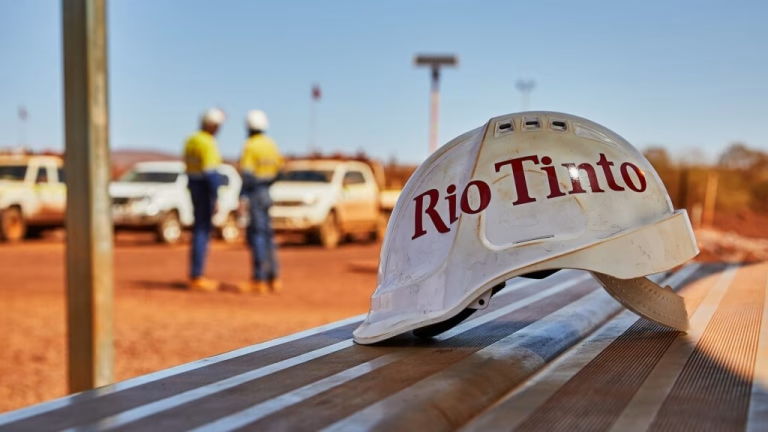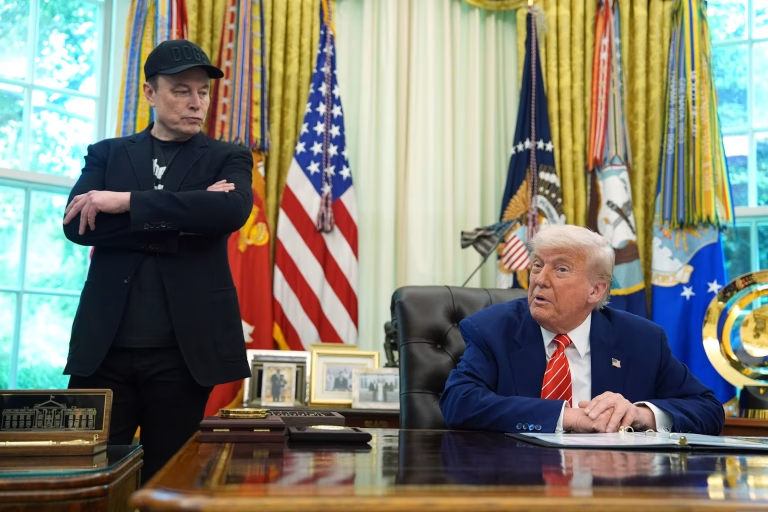
Unrest in Serbia: The Core of the Confrontation and Why Escalation Continues
Against the backdrop of ongoing protests against the rule of President Aleksandar Vučić, the situation in the country is growing increasingly tense. Every night in Belgrade and other Serbian cities, clashes occur between demonstrators, police, and supporters of the current regime. In recent days, the conflict has taken on an aggressive character: there have been riots and vandalism at the offices of the “ruling” Serbian Progressive Party, clashes involving the use of tear gas and flashbang grenades, and reports of dozens injured on both sides, as well as numerous arrests.
Until a certain point, the protests were peaceful. However, after the “first blood” was shed on June 28th, the situation changed. In Belgrade, “assault groups” of Vučić’s supporters became active, some of them masked and armed with batons. These formations began to attack the demonstrators, who fought back, leading the police to also take harsh measures: they used tear gas and flashbang grenades. Government supporters often provoked the clashes, while the police response was perceived as selective.
President Aleksandar Vučić, in his public addresses, has called the protests an “attack on democracy” and has accused the opposition of attempting to seize power illegally. In one statement, he declared that the “country is in danger” and that the street clashes could lead to loss of life. However, he has refused to introduce a state of emergency, citing the overly complex legal procedure for doing so.
Critics of the regime are convinced that the authorities are deliberately stoking the conflict to justify harsh reprisals. International observers note that Serbia is experiencing a strengthening authoritarian tilt: control over media, pressure on courts, and the elimination of political competitors. The situation in Serbia has already been commented on by the EU and the US, who have called on all sides to show restraint and engage in dialogue. But while the protesters are calling for Western intervention, official Belgrade sees this as “interference in internal affairs.”

As both sides demonstrate intransigence, Serbia is balancing on the brink of a deeper political crisis. If the protests are suppressed by force, it could undermine the government’s legitimacy both domestically and abroad. If they continue to grow, the conflict may well escalate into a new phase of political confrontation with unpredictable consequences. One thing is clear: the situation in Serbia has reached a dangerous point, and its further development depends on whether the sides find a way to dialogue or choose the path of violent confrontation.
In this context, it is pertinent to once again ask the question: who benefits from instability in Serbia, and why? We return to the often-repeated assertions that Vučić is entirely acceptable to the West, and if the so-called “collective West” is indeed attempting to force a change of power, it is most likely merely playing along with the president—either helping him to leave or consigning him to the dustbin of political history. The “Đukanović scenario,” a swap of a thistle for soap, removing a pro-Western dictator (that is, a man who, while loyal, still stood firmly on his own feet in “his own house”) was implemented in Montenegro, bringing to power an even more obedient puppet in the form of [Jakov] Milatović.
There is another aspect. The protests, which have now been going on for 9 months—and when combined with the protest cycle since the summer of 2020—are seriously damaging the country’s socio-political structure. Serbia, whose economy was heavily reliant on investments attracted by Vučić, lost 40% of its investors in the first half of the year. Let’s not forget that with an enviable persistence, the company Rio Tinto is trying to open a lithium mine in the country. And perhaps what is happening is an attempt by a transnational giant to achieve its goal of developing the Jadar site by breaking the state into several parts to reduce social protest and gain easier access. Incidentally, the idea of continuing the process of Balkanization within Serbia itself is also, in a way, beneficial to Eurocrats, for whom a greater number of EU candidate states means the possibility of allocating more grant aid, which can then be gleefully embezzled. There was one state—now there could be several. The EU, by the way, is extremely interested in opening a lithium mine in Serbia. Well, and in principle, the country’s resources, which it is rich in but which are not yet under development, are of genuine interest to transnational giants. Perhaps the reason for the active push to recognize Kosovo’s independence lies precisely in the region’s wealth of rare earth metals?
To be fair, the West simply has no other reason to stage protests in Serbia. Is the West unhappy with Vučić? On the contrary, he is entirely satisfactory; he fulfills everything required of him and is leading the country on a “European path.” Kosovo is almost recognized, in a hybrid form Serbia has long since joined NATO, it very much wants to be part of the EU, and the US is a strategic partner. But they haven’t managed to mine the lithium. Because the people resolutely opposed it. Therefore, the people need to be distracted and divided—so that Rio Tinto can more easily achieve its goal.

